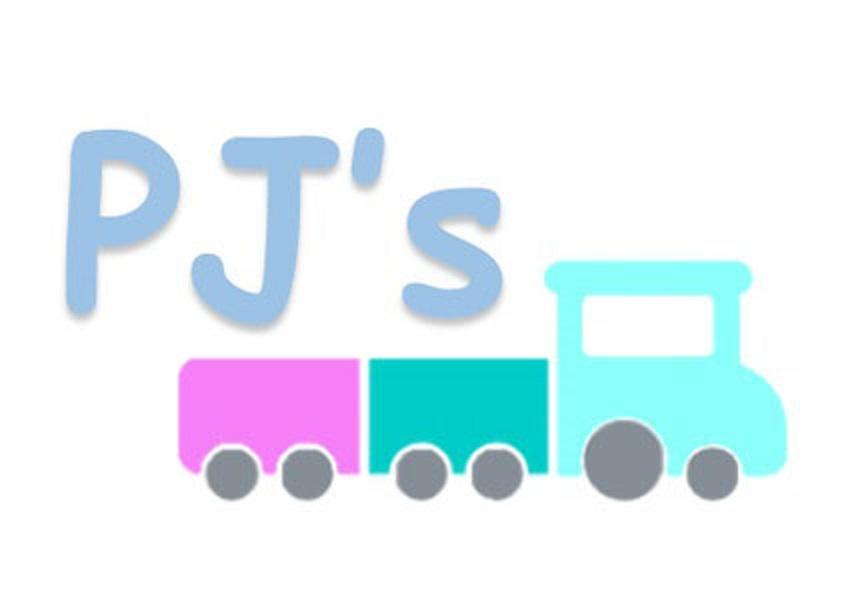Last Saturday some parents met to discuss some of the challenges in caring for their children who had additional needs, including being on the autistic spectrum. Parents throughout the world share concerns for giving and receiving the best care for their children in all cases, but as we discussed, it can be difficult, especially if we are immigrants and do not share the native language fluently, to access the additional help that is required to allow our children to live full and productive lives.
This first meeting threw up some of the issues of just simply gaining accurate information as to what is available and how much support is often learned about by chance. One example was a parent sharing the Spanish support concept of ‘familia numerosa’ – a discount card for families with more than a certain number of children or one child with additional needs (certified); this discount card gives reduced utility bills as well as lower entry prices to places.
Questions arose around how parents find out more about the financial help and support as well as access to translators when diagnoses are being made. We have plans for developing the support group and will meet regularly – so do join us on Saturday March 21 at 10.45 in The Coleman Community Hall under the Anglican Church in Palma.
One key point that came across was the notion of being ‘different’ and the concept of ‘what is normal’. All parents go through this kind of experience, in Pjs last week we talked about the negativity of the famous phrase “the terrible two’s”. Parents were feeling anxious that their child was ‘throwing a tantrum’ on the bus or in the street. When our daughter reached that age, frustrating and exhausting though it was, we were determined to see this as simply normal, a phase that would pass. Furthermore, to see it in the positive light of our daughter asserting her independence – learning to say no, expressing her needs rather than conforming with ours. This does of course beg the question of what is ‘normal’?
Personally I find this word ‘normal’ quite a loaded concept and can be one root of mental ill health. However there is always more than one side to any concept and there are times when it can be useful to explore and use the term.
For example, developmental milestone charts can be a huge help in monitoring the progress of our children. They are particularly helpful for professionals to use in context. However sometimes even then that context can be interesting – I recall our daughter being tested for her eye sight at a young age, supposedly at an age below which she should know her letters. The practitioner gave her some other way of showing that she could see the letter chart, she was somewhat confused and just said ‘the letter A’ – the health visitor was shocked and we had a good laugh but this is just one example of how adherence to the ‘norm’ impacted on practice and this was not contextually helpful for our daughter at that time.
The website link below leads to some formal developmental charts and they are useful as guidelines. As responsible and caring parents we want to have some kind of well researched comparison to allow us to check our child’s progress. It is indeed more important nowadays as we have new intervention techniques, so that if delayed progress is spotted early enough the brain can adapt more easily with targeted professional help.
The big downside is when we use these charts to feed our own mindset of negativity. It can be devasting to face the imagined reality. So do use them, there are even apps now that you can monitor on the spot, but use them wisely and always with professional interpretation and help if you are concerned rather than just chatting over with non-experts.
One thing that has always helped me and my students love learning is what on earth is the definition of normality anyway? The easy answer is we don’t know, so most psychology text books will reverse the question and ask how we define ‘abnormality’. I love that there is no one definition, ‘it depends’ is what we call behavioural contextualism. I like to think that as we are so complex as humans and we find ourselves in very different external and internal environments it is of course impossible to state that certain behaviours are definitely abnormal.
The link below outlines the four accepted definitions of abnormality and gives the advantages and disadvantages of using each definition exclusively. So as parents when we are observing and monitoring our children’s development it is important to consider all four definitions. My personal favourite sits around the quality of life – is the ‘abnormal behaviour’ interfering in their ability to function fully enough to enjoy life, the life that is? In other words, back to neurodiversity, we may well have brains that are wired differently and in the right context this different behaviour is exactly what is required, what seems abnormal in one context is normal in the next.
Our goal as parents is to try, with the help of others to establish the best environment for our children to thrive not just survive. If you have concerns about your child’s development seek help and if that help drives you down the path of diagnoses and additional support requirements, come join our group. It’s good to talk.
References
https://www.healthline.com/health/childrens-health/stages-of-child-development#if-you-have-concerns
https://www.simplypsychology.org/abnormal-psychology.html
You can also contact us at www.mindfullivingmallorca.com or www.mallorca-midwife.com.


No comments
To be able to write a comment, you have to be registered and logged in
Currently there are no comments.